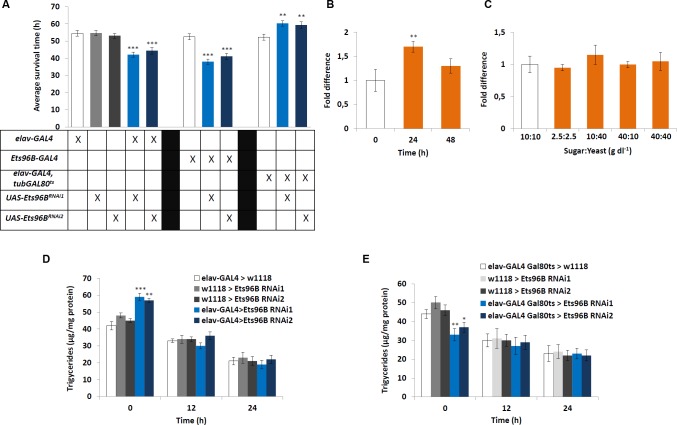Fig 4. Ets96B regulates starvation resistance.
(A) We tested the effect of Ets96B-knockdown in flies using the starvation survival assay. 5–7 day old control and Ets96B knockdown males (GAL4 driver crossed to either Ets96BRNAi1 or Ets96BRNAi2) were placed in a vial containing 1% agarose and maintained at 25°C. DAMS was used to monitor activity. (n = 30–60 flies per genotype, one-way ANOVA with Tukey’s post hoc test for multiple comparisons) (B) To examine how starvation affects the expression level of Ets96B, RNA was extracted from normal fed flies, as well as after 24 and 48 h of starvation. (C) To examine how nutritional state affects the expression levels of Ets96B, RNA was extracted under different nutritional states. Flies fed ad lib were set as 100%, represented by 1 on the graphs (B, C: n = 10 replicates, one-way ANOVA with Tukey’s post hoc test for multiple comparisons) (D, E) Triglyceride levels were determined in male flies at 0, 12 and 24 hours of starvation. The (D) elav-Gal4 driver was used to express Ets96B RNAi (Ets96BRNAi1 or Ets96BRNAi2) throughout development (UAS-Ets96BRNAi1 and UAS-Ets96BRNAi2) and (E) the elav-GAL4,tub-GAL80ts driver was used to knockdown Ets96B (Ets96BRNAi1 or Ets96BRNAi2) in adult males. (D, E: n = 30 males per treatment, assay was repeated at least 10 times for each genotype, one-way ANOVA with Tukey’s post hoc test for multiple comparisons). In all graphs significance levels are indicated: *, P<0.05; **, P<0.01; ***, P <0.005. Error bars = SEM.

